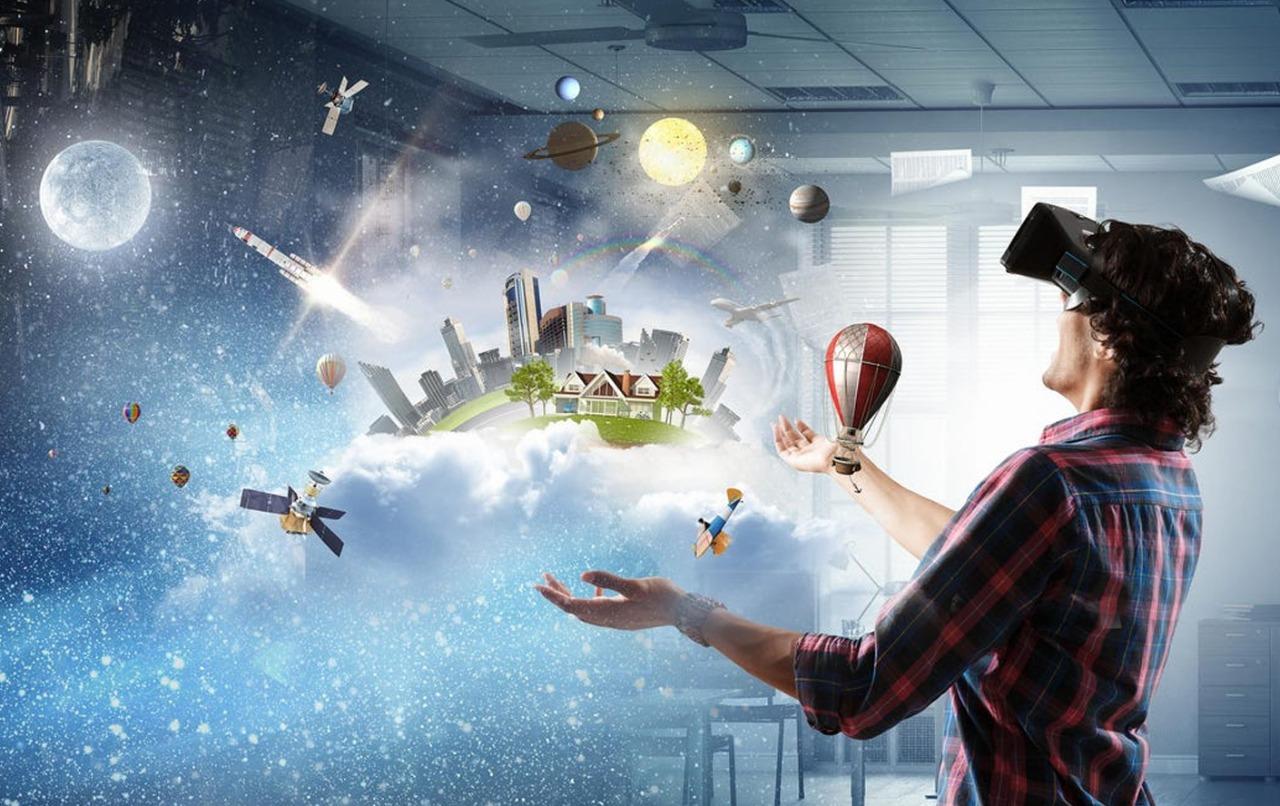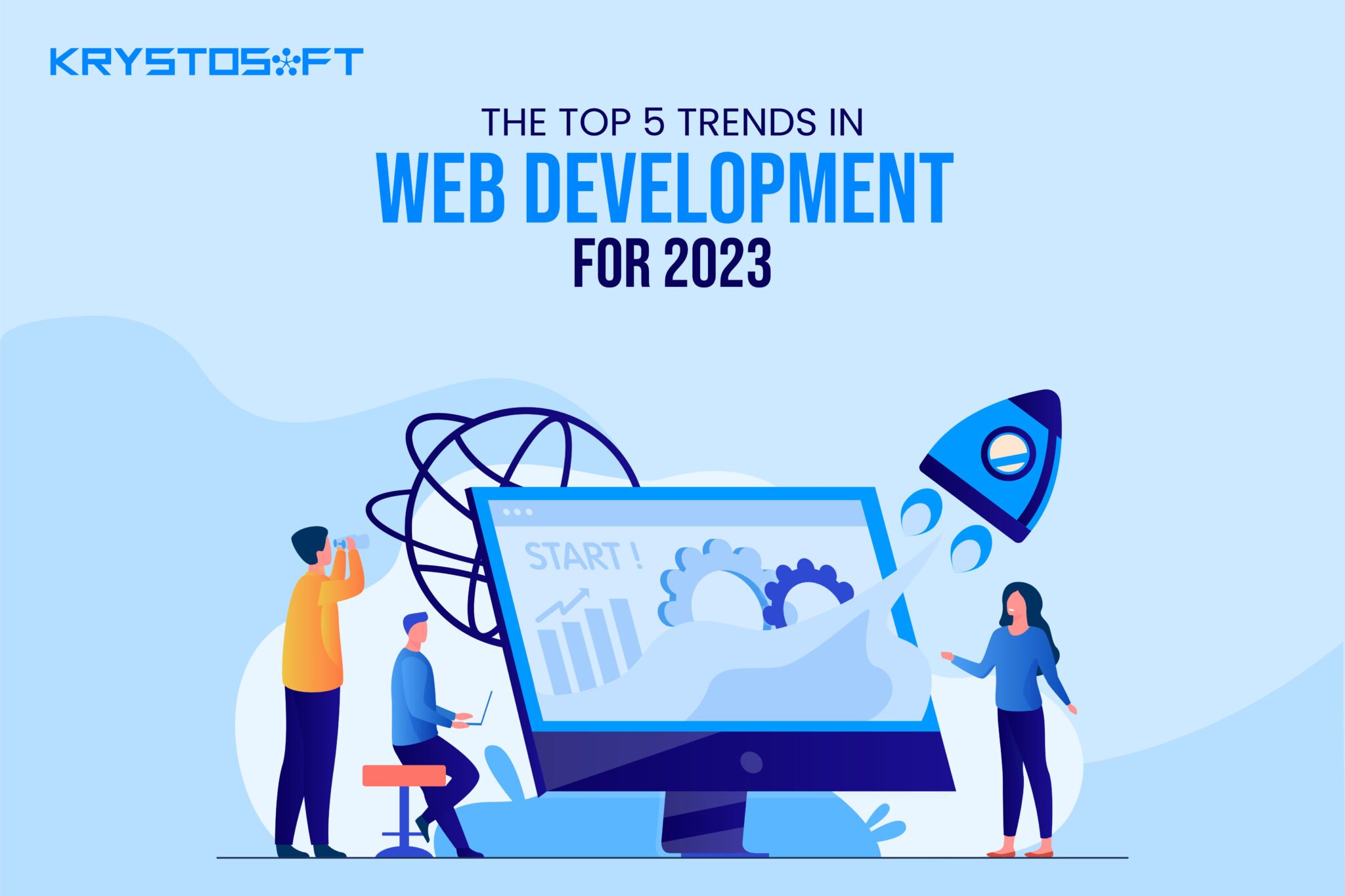Have you ever wondered how fast the landscape of reality is changing and evolving?
It’s all possible because of virtual reality. Virtual Reality (VR) inevitably derives from the meanings of ‘virtual’ and ‘reality.’ The concept of ‘virtual’ is close, and reality is what we as humans experience.
In VU computer technology is utilized to generate a virtual environment explored in 360 degrees. Unlike traditional interfaces, virtual reality immerses the user in the virtual environment.
Virtual reality is gradually becoming a popular notion, with so many new products and cameras showing this technology on the market of other countries, it’s natural to feel left behind if you are still figuring with the new technology. In many countries, virtual reality is still in its early stages, you may not have had the opportunity to try it yet.
The Fundamentals of Virtual Reality:
VR is one of the world’s fastest-growing technologies, and it has piqued the interest of many customers. VR is increasingly emerging in homes and companies across the globe, stimulating environments and settings in a realistic enough manner to deceive us into thinking we’re somewhere else.
As human beings, we stick to our experiences and perceive things the way we see, hear, and feel. In response to our behavior, VR uses the basic perception and ideas of our interaction with the world and unexpectedly creates the world.
To create such interaction VR headset is used. Virtual reality headsets are essentially simply gadgets that replace our environment with something made in software. To track your movements and activities in a virtual environment: headsets have gyroscopic sensors, accelerators, and magnetometers. Your headset also links to external cameras and computer systems, allowing you to access software for your VR experience or connect with other applications.
It is essentially designed to replace the surrounding with an unexceptional way created by the particular software.
Today’s commercial VR systems are all striving to see who can deliver the greatest possible virtual user experience. In reality, none of them can provide a fully immersive experience.
Crucial Element of VR:
VR is continually changing, and there is still a long way to go in terms of advancing the process. Some crucial elements include:
- View Field and Frame Rate
The field of view has long been a source of worry for VR creators. VR must match our field of view to immerse us in a new environment. Unfortunately, human humans have a far larger field of view than headsets can usually give. The average person can view around 220 degrees of surrounding information. A virtual reality headset can rotate around 180 degrees.
The field of view in your headset determines what you see around you and how well it resembles your present surroundings. No headset can yet handle our entire natural FOV, yet technology is improving, as are frame rate options.
In VR frame rate defines how it works. It needs to show movement to imitate what we see in real life.
- Sound Effects
Many people get caught up in the concept that VR is only a visual experience. However, the fact is that VR technologies seek to completely immerse you in a new world. This needs more than simply a clear perspective of your surroundings. You’ll also need spatial audio, or 360-degree sound, to immerse yourself in the new environment.
- Head and position tracking
The true beauty of VR is not in how convincing the sights or sounds are but in the fact that users can move inside a virtual area that changes their position.
Presently, there are two types of headsets and position tracking available, and are in use for software applications: such as 3DoF and 6DoF these are efficient in tracking monitor rotation. They can deduct where your head moves. However, these headsets are not advanced to notice every single effect and work on it, so if you shift your entire body, they will not detect it.
Where virtual reality is headed?
Virtual reality is undergoing a period of transformation and expansion. It’s tough to predict where the growth of virtual reality will take us, especially considering how easily the industry has begun to move.
With a predicted 48.7 percent CAGR between 2021 and 2026, it is predicted to expand rapidly. It is also concluded that it accelerated in part by the 2020 pandemic, provided a method to cross physical distances, and create shared places that are intrinsically safe and frequently more adaptable than the actual world.
Currently, the VR industry is predicted to increase from $6.3 billion in 2021 to $84.09 billion in 2028.
Let’s Get In Touch
Get FREE Consultancy from our Experts Right Now!
Error: Contact form not found.





